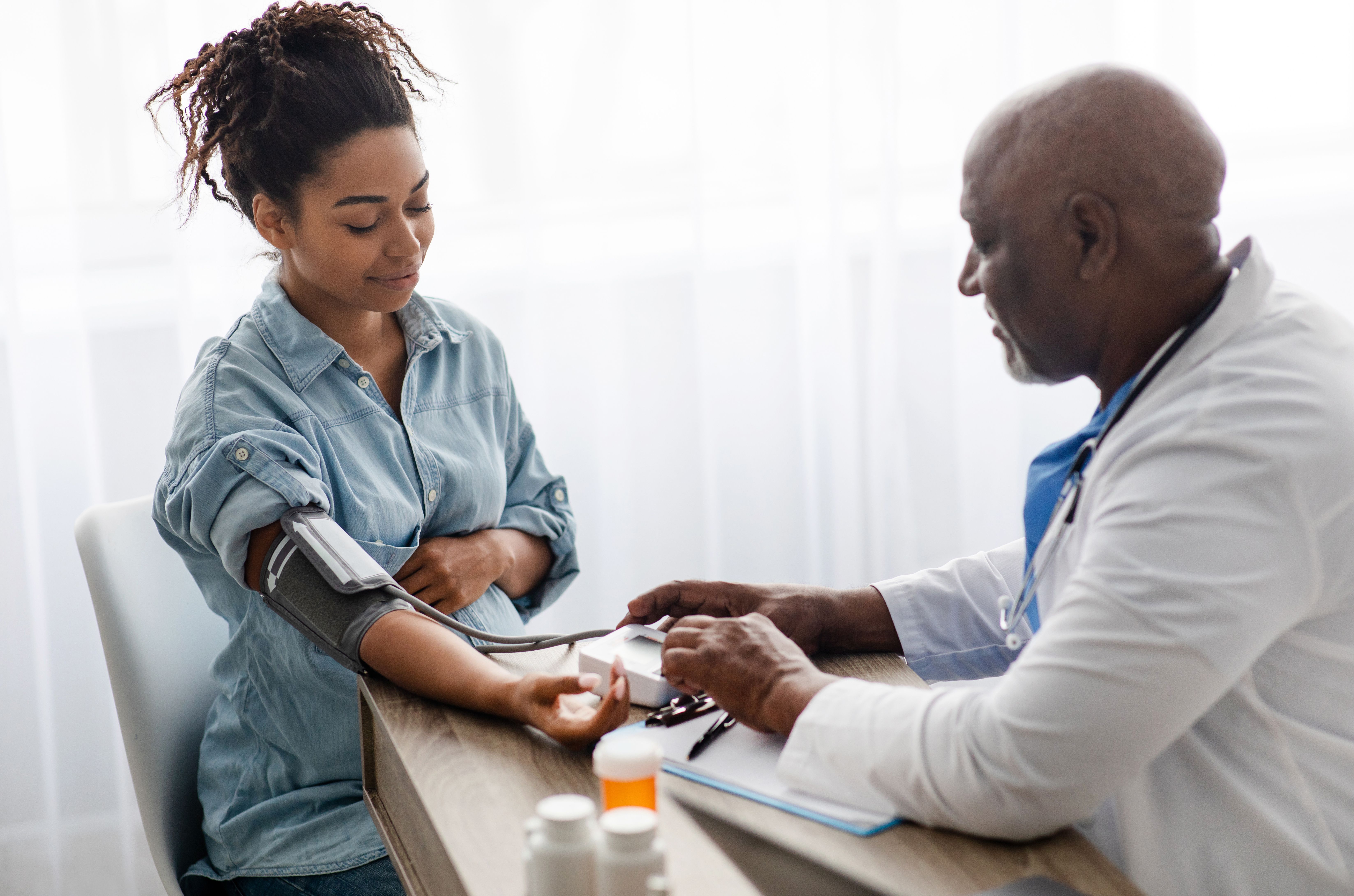Article
In Final Turn With Planned Parenthood, Cecile Richards Tells Obstetricians Women's Healthcare "Has a Long Way to Go"
Author(s):
Key Takeaways
- Cecile Richards emphasized the need for activism and political engagement to protect women's healthcare rights amidst political challenges.
- Planned Parenthood faces threats to funding and access, despite serving 2.4 million women annually and receiving Medicaid reimbursements for non-abortion services.
Even though her final stretch at the helm of Planned Parenthood was not easy, Cecile Richards told the nation's obstetricians she is optimistic because of the activism she sees among women and girls at the grassroots level. "Women are on fire," she said.
For her final speech Sunday as president of Parent Parenthood, Cecile Richards returned to where it all began: she came to Austin, Texas, the state capital where her mother served as governor, and where the legislature represents the new battlefield over access to abortion, birth control, and cancer screenings.
And yet, Richards was full of hope as she addressed the 2018 annual meeting of the American College of Obstetricians and Gynecologists (ACOG). Her travels have put her in touch with women and girls awakened by the current political climate. She bears witness as patients become supporters, and then activists, and in some cases, candidates.
“Women are on fire,” Richards said. “We’ve got a lot of work to do. We’re fighting for the heart and soul of this country.”
She said capturing that fire—and translating it into votes—will be part of her next chapter after today, when she ends her 12-year run with Planned Parenthood. Richards is also promoting her memoir, Make Trouble: Standing Up, Speaking Out, And Finding the Courage to Lead, which tells her story growing up as the daughter of straight-talking Ann Richards in conservative Texas through her years as one of the country’s best-known healthcare activists.
The final stretch with Planned Parenthood has been eventful, as the Trump Administration tried to roll back the Affordable Care Act and federal funding for her organization. On Sunday, Richards thanked ACOG members and its leaders for sending doctors to Capitol Hill to warn lawmakers how this would harm women’s healthcare. But with the immediate threat over, both Richards and ACOG leaders warn that lower-profile steps, such as waivers that let states impose work rules for Medicaid, will have devastating effects on new mothers. Some are forced back to work after just 2 to 3 weeks to keep their health coverage.
Efforts by states to defund Planned Parenthood are the current threat, even though the organization serves 2.4 million women a year and polling shows most Americans support public funding. Richards said 1 in 5 women has been served by the organization, “including me, and maybe some of you.”
While the group receives no funding for abortion, it does receive Medicaid reimbursements for other services. Planned Parenthood offers services for men, too; a clinic Richards just opened in Charleston, South Carolina, will soon offer vasectomies. While other parts of the healthcare system struggle with “patient-centered” care, Planned Parenthood already lets clients make online appointments, offers 24/7 outreach, communicates by text, and even delivered a woman’s birth control where she was living on an Alaskan glacier.
New Tools, Birth Control Needed
Planned Parenthood was founded in New York City when death during childbirth was a leading cause of mortality among women. The pioneers, led by Margaret Sanger, started by handing out pamphlets and were promptly arrested. So, they handed out information in the jail.
“We’ve kind of been controversial since the moment we began,” Richards said.
Access to birth control, education, and vastly improved prenatal care has not only improved women’s health, but transformed career and economic opportunities—Richards pointed out the rising numbers of women in banking, law, medicine, and even at NASA. Plus, there are now 22 women in the US Senate, including Senator Tammy Duckworth, D-Illinois, the first woman to bring her newborn onto the Senate floor.
But there’s more to do to achieve “true healthcare equity,” Richards said. Echoing themes heard during the ACOG meeting, she said broader use of telehealth could allow women in underserved areas to receive medical abortion, eliminating the need for women to travel long distances for care.
Clinical trials in Houston, Texas, and in New Jersey could lead to FDA approval of a self-administered form of Depo Provera, which would dramatically increase uptake if women didn’t have to repeatedly go back to a doctor or health clinic.
Richards recalled one of her best days as president of Planned Parenthood, when President Barack Obama called to tell her that all forms of birth control would be available without a copayment, under the ACA’s provision to cover preventive services. This would include long-acting forms of birth control such as implants and intrauterine devices.
Having a variety of birth control options available is essential, Richards said, because each woman is different; 58% of women use birth control for reasons other than contraception, “for everything from acne to endometriosis,” she said.
Funding for birth control for low-income women under Title X, which has been in place since the Nixon Administration, is now under threat, she said. Unfortunately, access to birth control and other health services is highly dependent on where a woman lives, and those in the South have less access and fewer choices. Women of color face huge disparities, she said.
“Women in America have come a long, long way in this past century, but as you know, we have a long way to go, particularly when it comes to public health—to make access to care a reality for everyone.”
Less Access, Poor Outcomes
Richards later told reporters that as states have become battlegrounds, Planned Parenthood has put more resources in these areas. Her home state of Texas is perhaps the nation’s most stunning example of how a rollback in funding for women’s health has affected outcomes. In the years after 2011 cuts aimed at Planned Parenthood shuttered 60 clinics, teen pregnancy and maternal mortality rates soared, and by 2014, there were 35.8 deaths per 100,000 live births, a rate far higher than other developed countries.
“We are living through a maternal mortality crisis in this country that has not gotten nearly enough attention,” Richards said, citing ACOG’s efforts to address rising rates. On Saturday, ACOG’s outgoing and incoming presidents discussed the group’s national initiative, with new ACOG President Lisa Hollier, MD, MPH, pointing out that rates are 2 to 4 times higher among African American women. Outgoing ACOG President Haywood Brown, MD, said the group will fight policies that interfere with the “doctor-patient relationship.”
Combatting Teen Pregnancy
The combination of increased access to birth control under the ACA and a successful teenage pregnancy prevention program drove teen pregnancy rates to 30-year lows. But HHS has tried to end this program, and instead shift funding priority to those that promote abstinence, or “sexual risk avoidance.” The state of Washington sued and obtained a permanent injunction, she said.
Richards said she has seen teenagers advocate for their own healthcare, and the activism of this age group on gun control is inspiring. However, she told the healthcare professionals not to depend on patient activism.
“To build a future that we want to see, and that we believe in, we have to be not only be great providers of healthcare, researchers and public healthcare experts, we have to be advocates for the patients who count on us,” Richards said.





